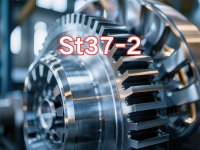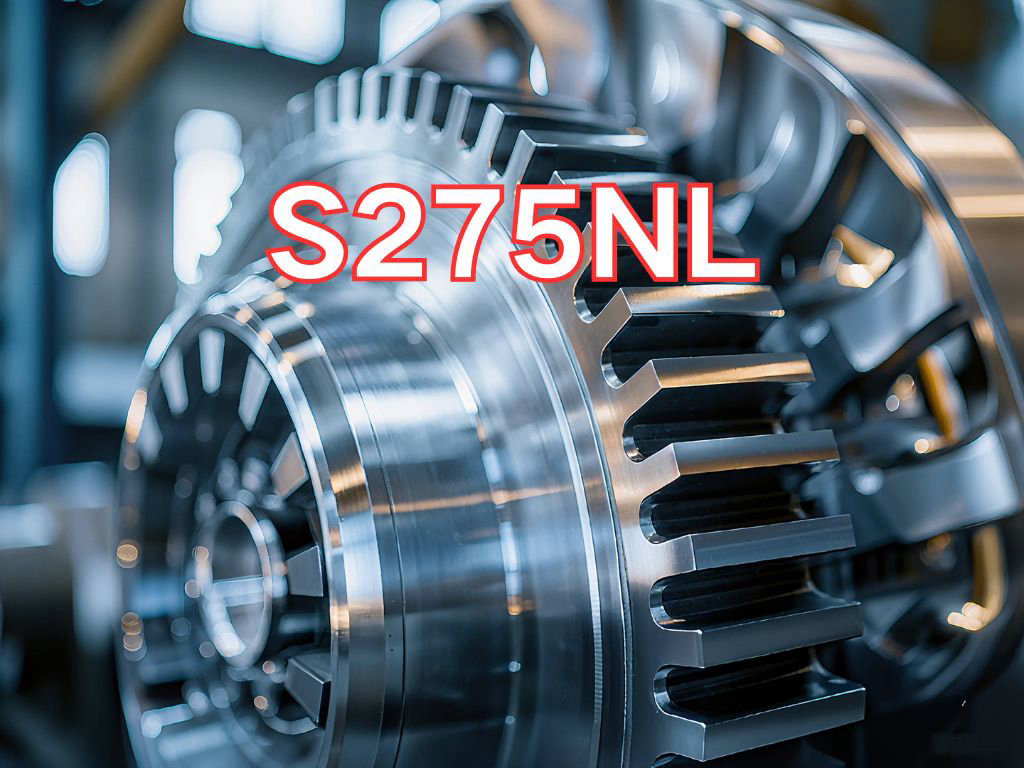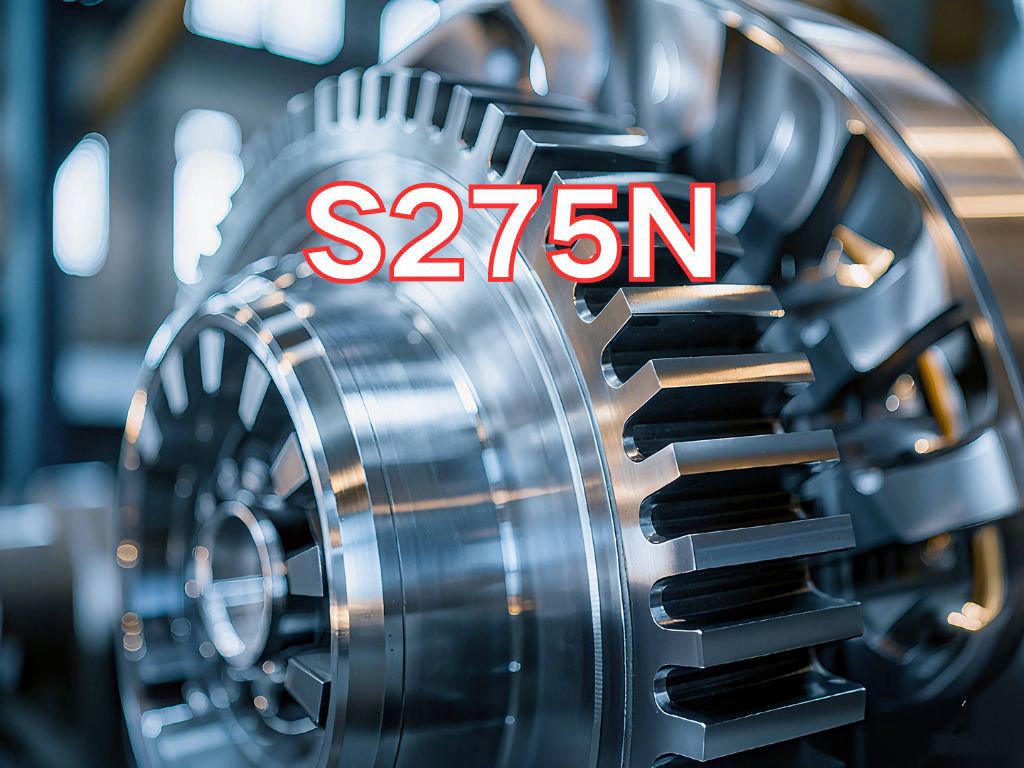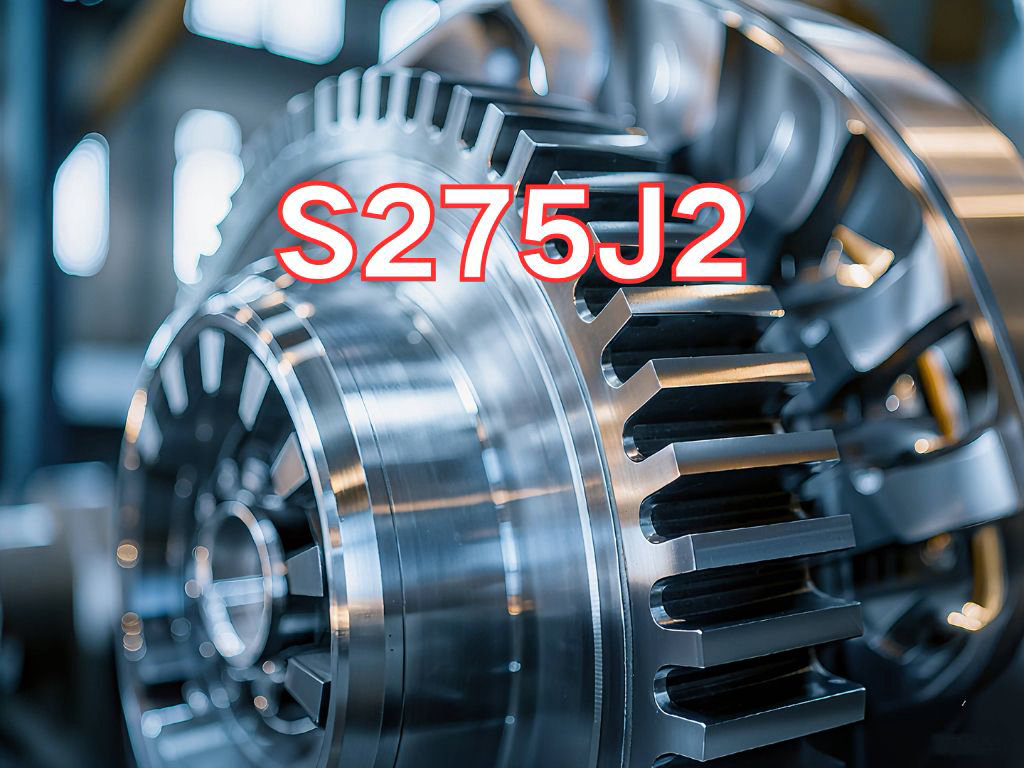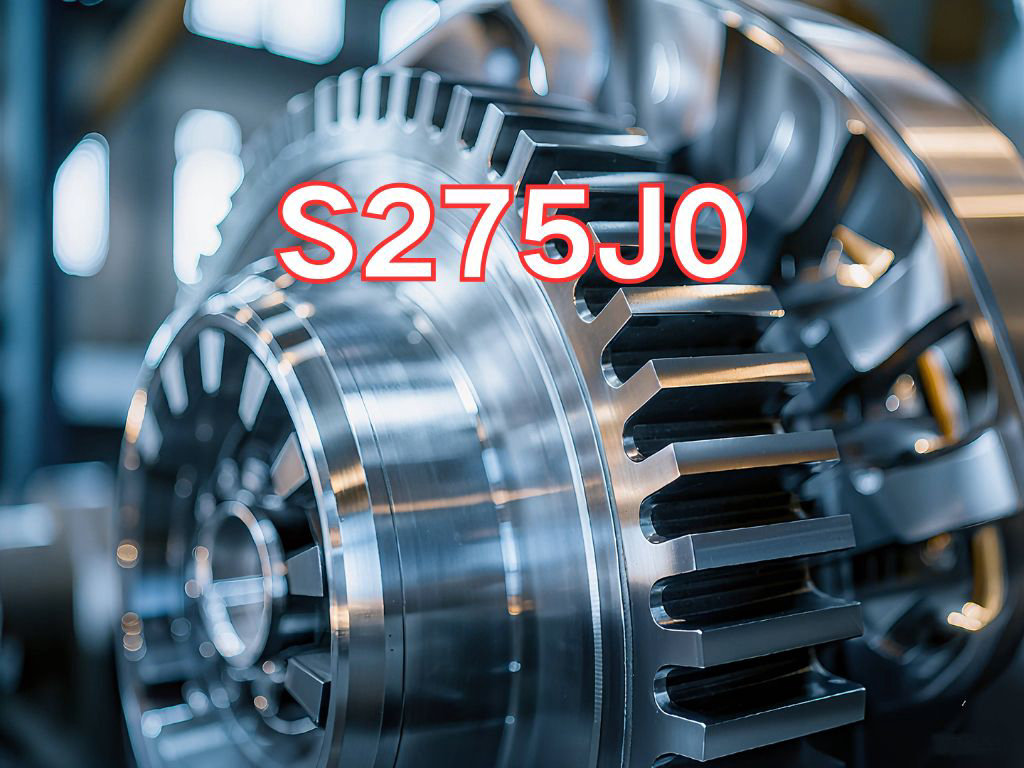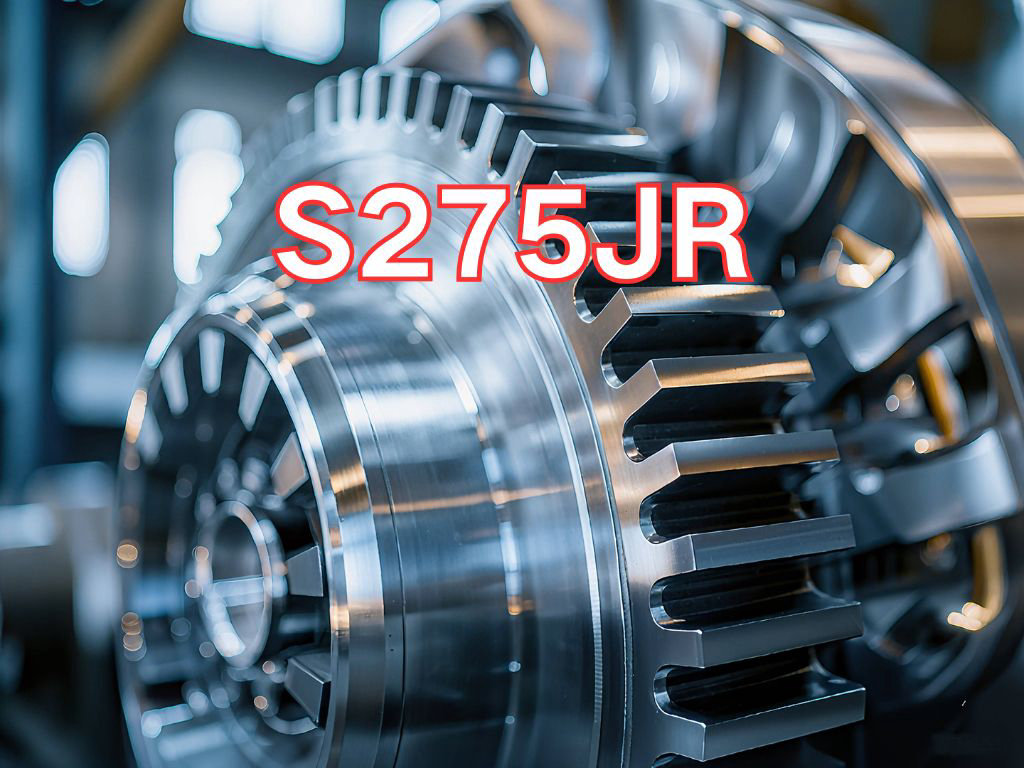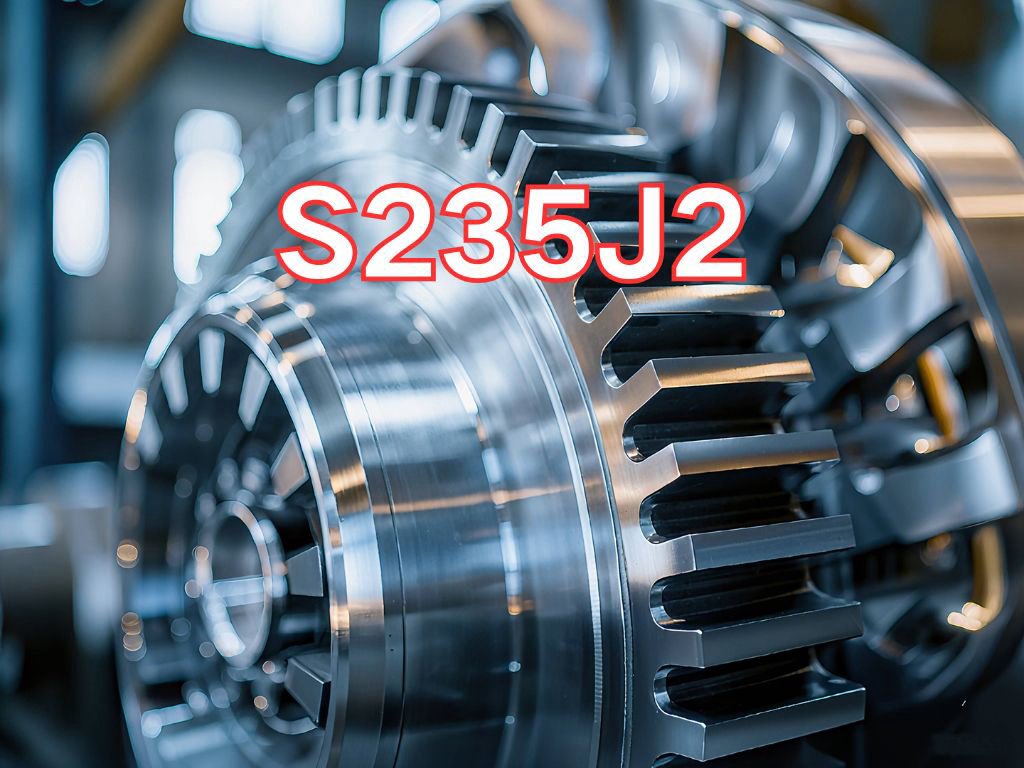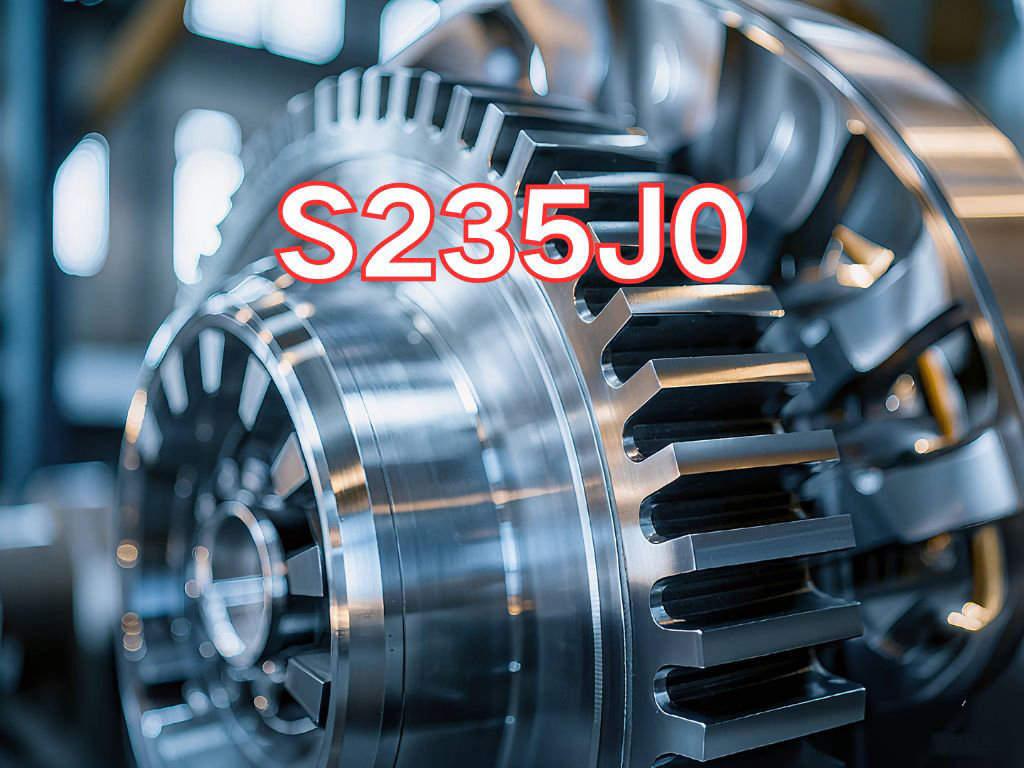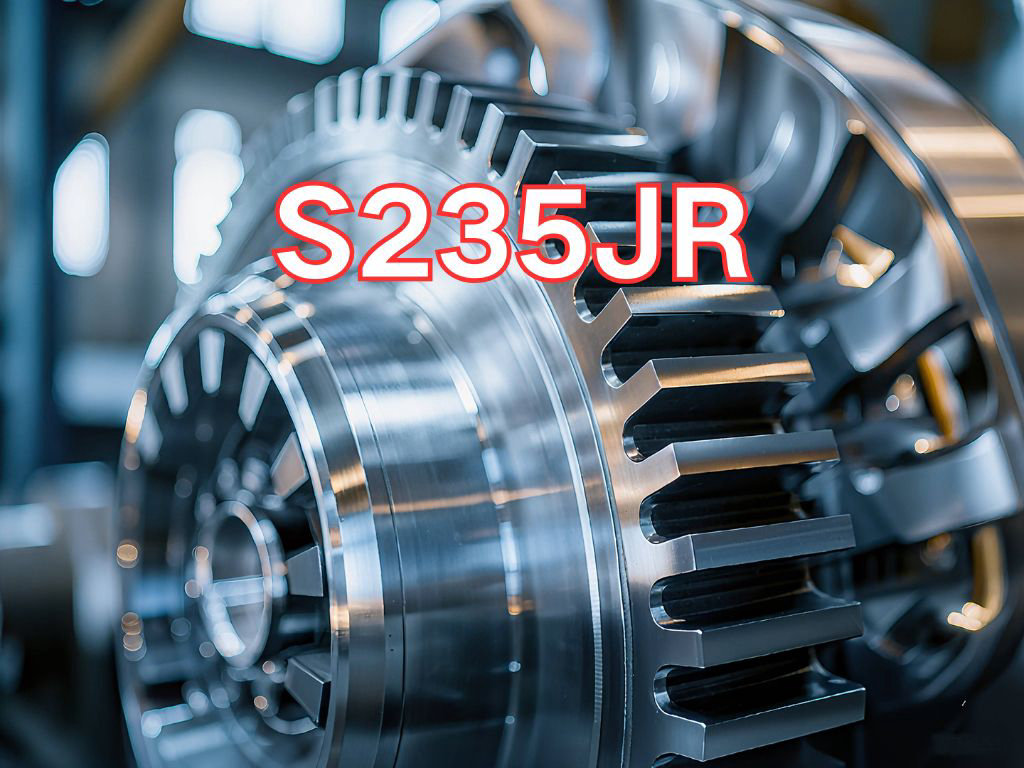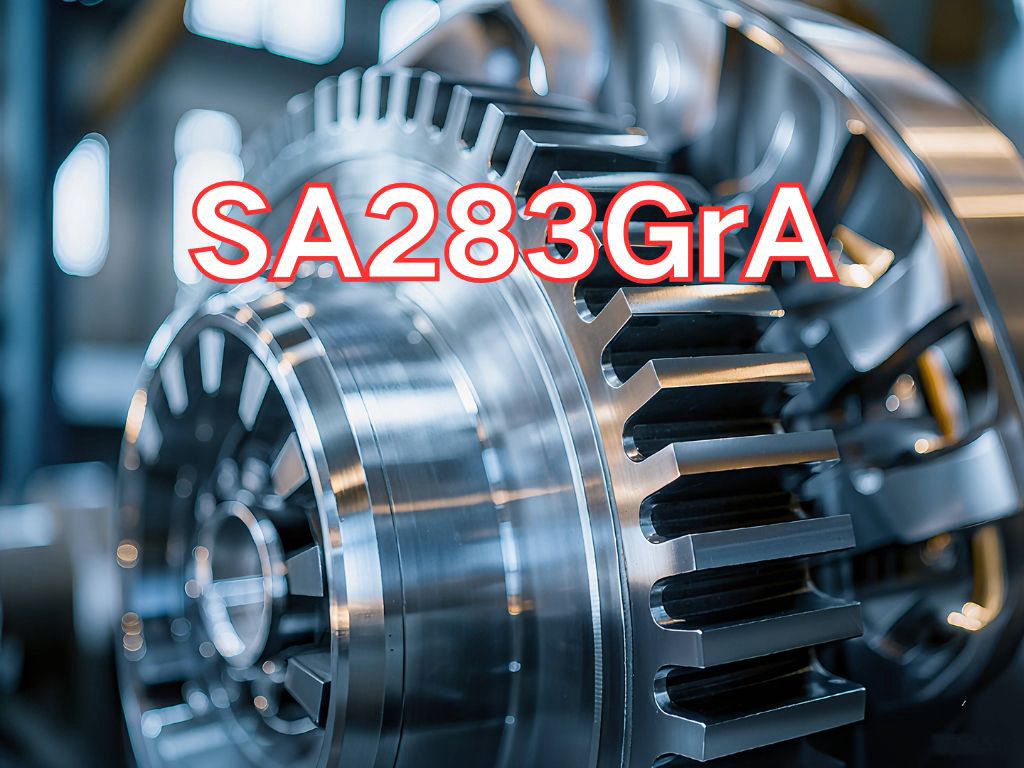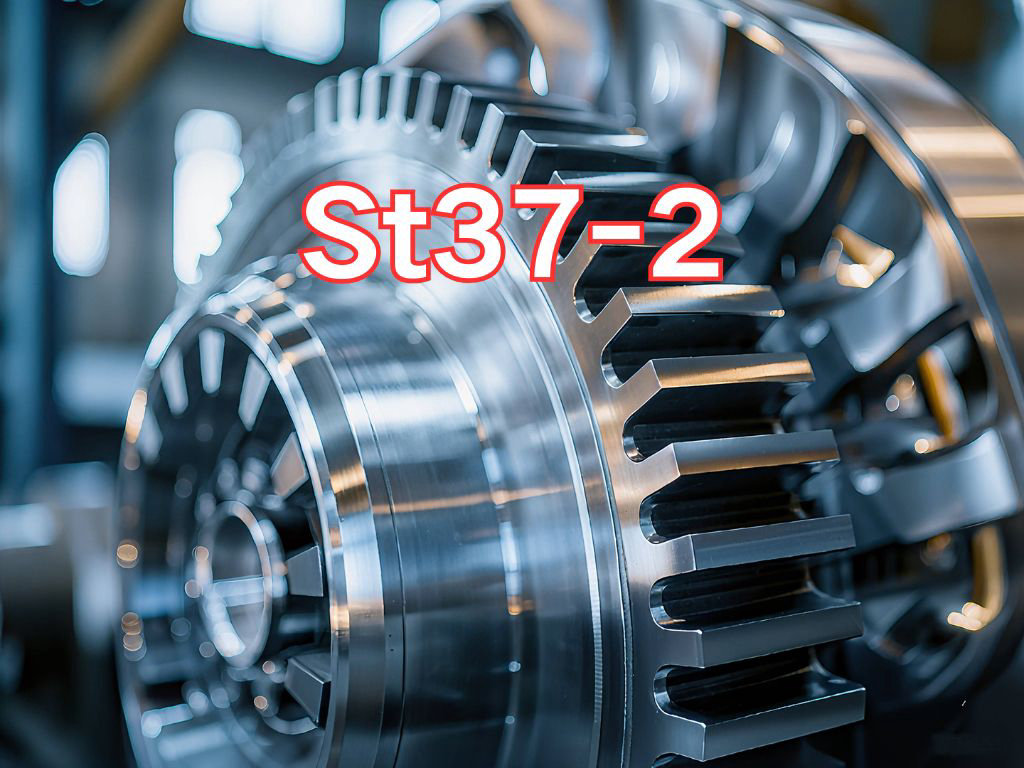

St37-2
St37-2 is a general carbon structural steel plate, with its designation originating from the European standard system. The current applicable standard is EN 10025-2:2019 "Hot Rolled Products of Structural Steels – Part 2: Technical Delivery Conditions for Non-alloy Structural Steels". This standard has superseded the St37 series in the former German standard DIN 17100 and is now widely adopted across the European Union and many other countries globally. As one of the fundamental grades in this standard, St37-2 is extensively used in construction, machinery, transportation, and other fields due to its balanced performance and broad applicability.
The designation "St37-2" originates from its German heritage:
"St" is an abbreviation of the German word "Stahl", meaning "steel".
"37" indicates a specified minimum yield strength of 37 kgf/mm², which converts to approximately 363 MPa (commonly rounded to 370 MPa). This strength level is slightly higher than China's Q235 or the US A36 (both around 250 MPa), but lower than the Q355/S355 series, placing it in the medium-strength structural steel category. It is suitable for engineering structures requiring moderate load-bearing capacity.
"2" denotes the quality grade and delivery condition requirements. In the EN 10025-2 standard, numerical suffixes indicate quality grades and impact toughness requirements. Suffix "2" corresponds to the "JR" grade, requiring Charpy V-notch impact testing at room temperature (+20°C) with a minimum absorbed energy of 27 joules (J). This means St37-2 offers better toughness and resistance to brittle fracture compared to grades without impact requirements (such as S235J0), making it suitable for welded structures with moderate safety requirements.
The primary application of St37-2 steel plate is in manufacturing welded structural components and mechanical parts requiring moderate strength and toughness. Due to its stable performance, ease of processing, and wide availability, it is an important structural material in Europe and regions influenced by European standards. Typical applications include:
Construction and Steel Structures: Beams, columns, bracing, trusses, and other load-bearing components in factories, warehouses, and office buildings.
Bridge Engineering: Main girders, bridge decks, and connecting structures in small-to-medium-sized bridges.
Mechanical Manufacturing: Frames, bases, housings for transmission equipment, conveyor frames, and other mechanical parts requiring good weldability and moderate strength.
Transportation: Truck chassis, agricultural machinery, and non-critical structural parts for construction equipment.
Industrial Equipment: Storage tanks, pipe supports, work platforms, stairs, and fences.
Its main characteristics include:
Moderate Strength: A yield strength of approximately 370 MPa provides good load capacity and structural rigidity.
Good Weldability and Workability: As a low-carbon, non-alloy steel, St37-2 has a low carbon equivalent, excellent weldability, and can be welded using conventional methods without special preheating or post-weld heat treatment. It is also easy to cut, bend, and form.
Guaranteed Room-Temperature Impact Toughness: The JR-level impact test requirement ensures adequate resistance to impact at ambient temperatures, enhancing structural safety.
Good Ductility and Elongation: High elongation allows the material to accommodate plastic deformation in structures.
High Cost-Effectiveness: With mature production processes and relatively low cost, it is a cost-efficient general-purpose structural steel.

Ultrasonic Testing (UT)
A key non-destructive testing technique that uses high-frequency sound waves to detect internal flaws in steel plates. The probe emits sound waves, which reflect when encountering defects such as cracks or inclusions. The receiver captures the echoes, enabling precise determination of defect location and size. With high sensitivity, strong penetration, and fast inspection speed, UT effectively ensures internal quality, widely used in the production of heavy plates, pressure vessel plates, and other high-end products to guarantee safety and reliability.

Magnetic Particle Testing (MT)
A common surface inspection method that magnetizes the workpiece, causing leakage magnetic fields at surface or near-surface defects like cracks or inclusions, which attract magnetic particles to form visible indications. Simple to operate and highly sensitive, MT is suitable for rapid inspection of surface and near-surface flaws in ferromagnetic materials, widely used for online or offline inspection of plate edges, ends, and welds, ensuring product quality and safety.

Penetrant Testing (PT)
A non-destructive method for detecting surface-breaking flaws. A penetrant liquid is applied to the cleaned steel surface, allowing it to seep into defects such as cracks or pores. After removing excess penetrant, a developer is applied, causing the trapped penetrant to bleed out and form visible indications. Simple and cost-effective, PT is suitable for inspecting surface defects in various non-porous materials, commonly used for welds, castings, and complex components, effectively ensuring surface quality of steel plates.

